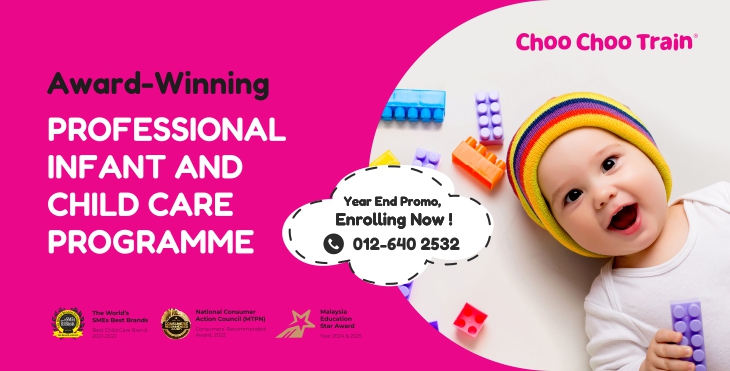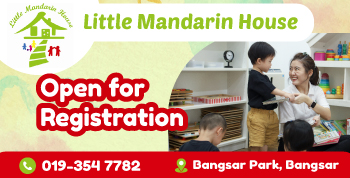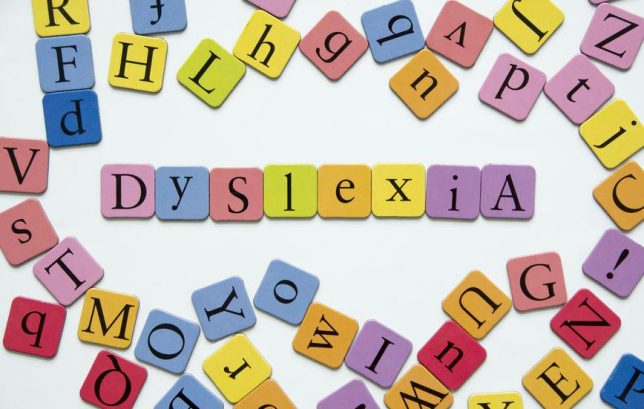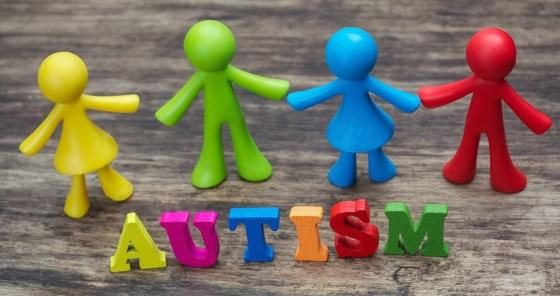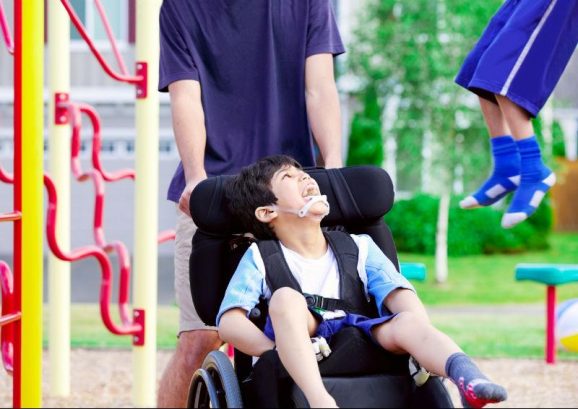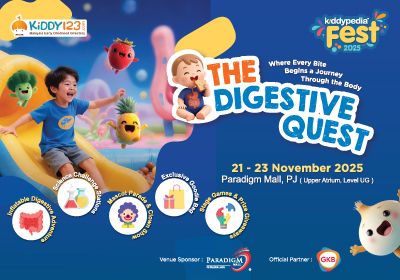Dyslexic Children – Learning Programs To Help Them Succeed
by on 09/02/2022 ...

Some of the most common types of learning disabilities include reading (dyslexia), writing (dysgraphia), working with numbers (dyscalculia) and recollecting of what has just been said by others (auditory-memory challenges). Learning disabilities are usually due to sensory integration problems – children with learning disabilities typically have the inability to take in, sort out and connect information that they receive from the outside world.
Understanding Dyslexia
One of the learning disabilities that is easily recognisable in school-going children is dyslexia, which refers to children who have significant difficulties in reading, writing, spelling or manipulating numbers.
“Dyslexia is a common problem as 1 out of 5 people suffers from this learning disability. Most children who have some form of specific learning disability (usually) suffer from dyslexia,” says the Dyslexia Remedial Centre, a specialised learning centre for dyslexic children in Subang Jaya, Selangor.
Many factors contribute to this condition, but issues with phonological processing are usually the main cause. “The core deficit in literacy-related problems such as dyslexia lies in phonological processing. When phonological skills are impaired, problems in literacy acquisition become apparent,” observes Sri Rafelsia, a learning centre in Desa Sri Hartamas, Kuala Lumpur.
Sri Rafelsia further adds that dyslexia can also occur in combination of other learning difficulties including attention deficit and/or hyperactivity disorders (ADD and/or ADHD), dysgraphia, dyscalculia and dyspraxia.
According to the article, ‘Dyslexia – The Inside Story’ (published in ABWM, June 2006) by Hils Learning, a learning centre in Mont Kiara, Kuala Lumpur, dyslexia can differ from one person to another: “(Dyslexia) is enormously varied and presents differently in every person. For one person the decoding of words for reading is the problem. For another the decoding is easy but comprehension is missing. The physical task of writing is hard for some and for others spelling correctly is the difficult part.”
Worried that your child could be dyslexic? Reach out to your nearest qualified specialist to get your loved one evaluated. Good intervention can make a huge difference in his/her life.
An Invisible Affliction
Often, a child who suffers from a learning disability has no obvious defect in intelligence, hearing and sight, making this condition an invisible handicap. The only time that this disability is detected is when they start school and find that they cannot catch up with their peers when it comes to basic literacy skills, which usually denote dyslexic problems.
“These children can be made to feel very different from their peers simply because they may be unable to follow simple instructions, which for others seem easy,” says Hils Learning.
However, dyslexics can also have many strengths: oral skills, comprehension, good visual spatial awareness/artistic abilities. “More and more dyslexic children could become talented and gifted members of our schools if we worked not only with their specific areas of difficulty, but also their specific areas of strengths from an early age,” Hils Learning adds.
Recommended Dyslexic Programs in Malaysia
To help dyslexics rise above their challenges and thrive in society like everyone else, it’s important to get them the right help, support and training as early as possible. Here are some programs and classes for dyslexic children available in Malaysia that can help them perform better in school:
|
Program / Centre |
Teaching Model |
Class Details |
Other Key Features |
|---|---|---|---|
|
SI World @ |
– provides a holistic approach to therapies by providing a combination of therapies within a session. The therapies include Sensory Integration Therapy and Occupational Therapy to improve reading, writing and calculation abilities. -provides Educational Backup to get them ready for school. |
– maximum teacher-student ratio of 1:3 – maximum therapist-children ratio of 1:2. – age range is between 0 to 16 years old (for therapies). – age range is between 3-14 years old (for Backup Education). -opens on weekends and school holidays also. |
– therapy sessions are being conducted by qualified therapists. – lessons are being conducted by teachers with relevant background like psychology and early childhood education. – 10 years experience. – has 13 centres throughout Malaysia: Petaling Jaya, Cheras, Puchong, Klang, Old Klang Road, Kajang, USJ, Kepong, Selayang, Semenyih, Tawau, Kota Kinabalu, Sg. Petani. |
|
Davis Dyslexia Correction Program @ HILS LEARNING |
– a distinct program tailored specially for dyslexic children – games play an integral role to help children develop math and reading skills, to extend memory, to further visual perception and to challenge thinking – a variety of multisensory materials to enhance learning is used |
– individual class schedules available |
– instructors are trained in special needs and psychology- classes will also be conducted by a language specialist, a math specialist, play therapists and an expressive therapist |
|
Dyslexia Intervention Programme @ SRI RAFELSIA |
– uses a multidimensional model and a combination of phonics approaches – analytical phonics, synthetic phones, systematic phonics, phonics by analogy and phonics by context – method is unique to each student based on their level of cognitive deficits, learning style, age and which method they are most responsive to – all these are decided upon completion of thorough cognitive and literacy assessments – learners work first individually and once a certain level of attainment is reached, they are placed in groups to increase motivation, learning outcomes and enjoyment – uses a combination of games and formal table work throughout the intervention process |
– individual and small group sessions – maximum teacher-student ratio of 1:3 – age range is between 5 to 15 years old – full day programmes and after school sessions are available |
– programme is carried out in conjunction with the school’s Cognitive Skills Enhancement Programme (CSE) – uses British standardised tests to match our Malaysian education system which correlates most closely to the British model |
|
Dyslexia Program @ DING CHILD & ADULT PSYCHOLOGY CENTRE |
– based on a Visual-Auditory-Kinesthetic (VAK) method – step-by-step multi-sensorial method to read, spell and write using phonics |
– has 3 levels: Beginner, Intermediate, & Advance |
– students can enrol in the Reading Comprehension and Written Expression programs upon completion |
|
McGuiness Reading Program for Children with Dyslexia @ KATSU TRAINING & DEVELOPMENT (AUTISM, DYSLEXIA, & GIFTED CENTRE) |
– an American reading program based on the Phono-Graphix method (link to: www.phono-graphix.com) – train child to recognize and identify sounds to alphabets, to blend sounds to form words and to develop spelling and reading skills |
– afternoon classes – 5 days a week |
– the Phono-Graphix® reading method has been proven 98% effective |
|
The Orton-Gillingham Approach @ DYSLEXIA REMEDIAL CENTRE |
– language-based, multi-sensory, structured, sequential, cumulative, cognitive, and flexible – teaching sessions are action oriented with auditory, visual, and kinesthetic elements reinforcing each other for optimal learning – student learns spelling simultaneously with reading. – student learns the elements of language and how to apply the language knowledge necessary for achieving reading and writing |
– 1 on 1 tuition for children with dyslexia and specific learning disabilities available – small group tuition is also available. |
– the Orton-Gillingham approach is appropriate for teaching individuals, small groups, and classrooms. – also appropriate for teaching children at preschool, primary and secondary school levels – tutor seeks to understand how an individual learns and devise appropriate teaching strategies |





